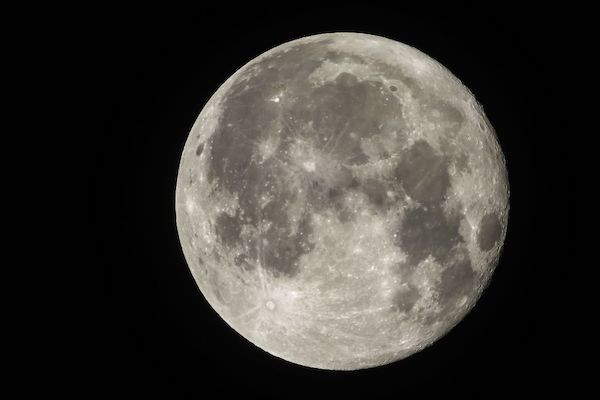Chinese Space Mission Could Beat NASA To Exploring Far Side Of Moon

Chinese researchers have the upper hand when it comes to lunar exploration. A spacecraft from the awakening giant of Asia is on its way to the moon, carrying a rover designed to collect data from the far side of the astronomical body — a feat that’s bound to beat NASA researchers when it comes to learning what lurks beyond the visible part of the moon.
China launched its Chang’e 4 spacecraft on Saturday. It entered the lunar orbit on Wednesday and is expected to land on the moon sometime in January to unload a brand new rover that’s going to explore the lunar surface and document everything it finds there.
The launch of the Chinese space vehicle is a huge blow to the United States, considering that President Donald Trump has commanded a new initiative for NASA to go back to the moon. The fact that China’s rover is examining the region of the moon that’s never been explored before also adds insult to injury for NASA scientists who do not have this type of robots yet, as per Popular Science.
The Chang’e program has launched three formal missions before, and this fourth one is special because China vowed to make an ambitious effort of studying the moon’s region that NASA has never reached before. In this aspect, it’s clear that China’s space lunar exploration program is eager to outdo U.S. efforts.
“Going to the far side [of the moon] is, in a sense, the logical next step in the program. It’s an indication China is serious about having a comprehensive program of space exploration. It’s determined to be one of the leading space-faring countries,” George Washington University space policy expert John Logsdon said.
But generally speaking, it’s a win-win for mankind because the data that China’s rover would be collecting is going to shed light on the moon’s origin and history. Though the far side is believed to be not so different from the visible side of the moon, there would still be physical differences that could help scientists understand the moon even more.
The Chang’e 4 is going to attempt to land on the moon’s South Pole-Aiken basin that is believed to be home to rocks that are far different from the ones that the Apollo program managed to bring back to Earth. The area that the rover is exploring is also said to have more visible craters and less maria, or the large basaltic plains that typically appear dark.
The biggest challenge of this endeavor, aside from landing on the hidden side of the moon, is establishing communication. Due to a phenomenon called “tidal locking,” the far side of the moon always faces away from the earth. Still, scientists are hopeful that this mission would be a success, according to Quartz.
Apart from measuring and studying lunar surface temperatures, cosmic rays and coronal mass, the rover has the special mission of helping scientists study respiration and photosynthesis on the moon. The robot apparently carries with it a student experiment, a miniature that has silkworm eggs, potatoes and mustard seeds.
© Copyright IBTimes 2024. All rights reserved.



















